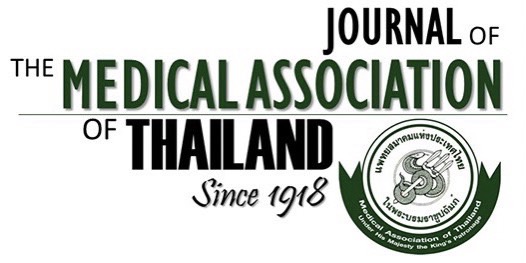Correlation between Oriental Rat Flea Abundance and Commensal Rodents in Three Different Geographical Regions in Bangkok, Thailand
Yudthana Samung MSc*, Jiraporn Ruangsittichai PhD*, Ryuichiro Machida PhD**, Apisit Thipaksorn MSc*** Siriluck Attrapadung PhD*, Kruawan Chotelersak PhD****
Affiliation : * Faculty of Tropical Medicine, Mahidol University, Bangkok, Thailand ** Sugadaira Montane Research Center/Graduate School of Life and Environmental Sciences, University of Tsukuba, Sugadaira Kogen, Ueda, Nagano 386-2204, Japan *** Faculty of Sciences, Kasetsart University, Bangkok, Thailand **** Faculty of Medicine, Srinakharinwirot University, Bangkok, Thailand
Background : Fleas play important role as transmission vector of some important communicable and re-emerging diseases.
Among them, plague is one of the highly virulent diseases transmitted by the oriental rat flea, Xenopsylla cheopis. The
surveillance of commensal rats and flea species is done by calculating the “Flea index” as the risk indicator of plaque for the
monitoring program.
Objective : To determine the distribution of oriental rat flea and commensal rodents and to study the correlation between their
abundance and the geographical regions in Bangkok, Thailand.
Material and Method: Small rodents were trapped from fresh food markets in 3 different geographical regions in Bangkok
during August 2009 by using cage mouse traps. Fleas were collected by back-combing the fur of each animal. The total flea
index, specific flea index, Shannon-Wiener diversity index and percentage of trap success were calculated as data analysis.
Results : The data revealed that the average total flea index of the inner, middle, and outer regions in Bangkok were:
0.93+0.21, 1.39+0.36, and 1.06+0.44, respectively. The data also indicated that the specific flea index of commensal rodent
hosts, Rattus norvegicus, Rattus rattus, Rattus exulans, and Suncus murinus were: 0.95+0.18, 1.28+0.64, 1.74+0.36, and
0.47+0.14, respectively. The number of collected fleas was positively correlated with the geographical differentiation of each
region. In addition, the highest species diversity (H index) of rats and shrews appeared in the inner region. Percentage of trap
success which indicated the density of reservoir hosts in the inner, middle and outer regions were: 20.63, 16.82, and 21.69%,
respectively. Rattus norvegicus and Rattus exulans were the achievable hosts of oriental rat flea in Bangkok.
Conclusion : The inner region of Bangkok should be the priority for sanitation improvement to prevent a disease transmission.
Keywords : Xenopsylla cheopis, Flea index, Ectoparasite distribution, Rats, Shannon-Wiener diversity index



